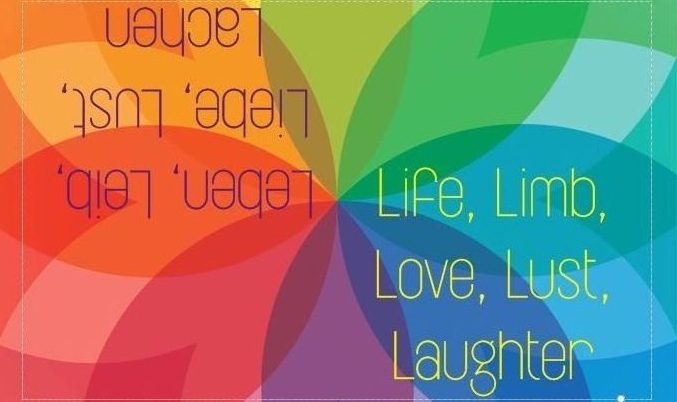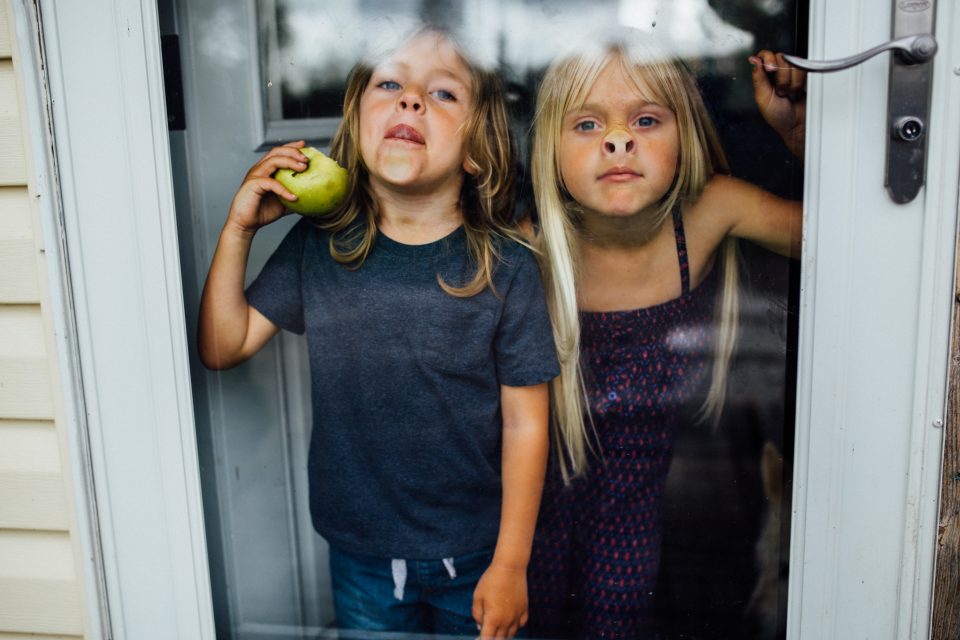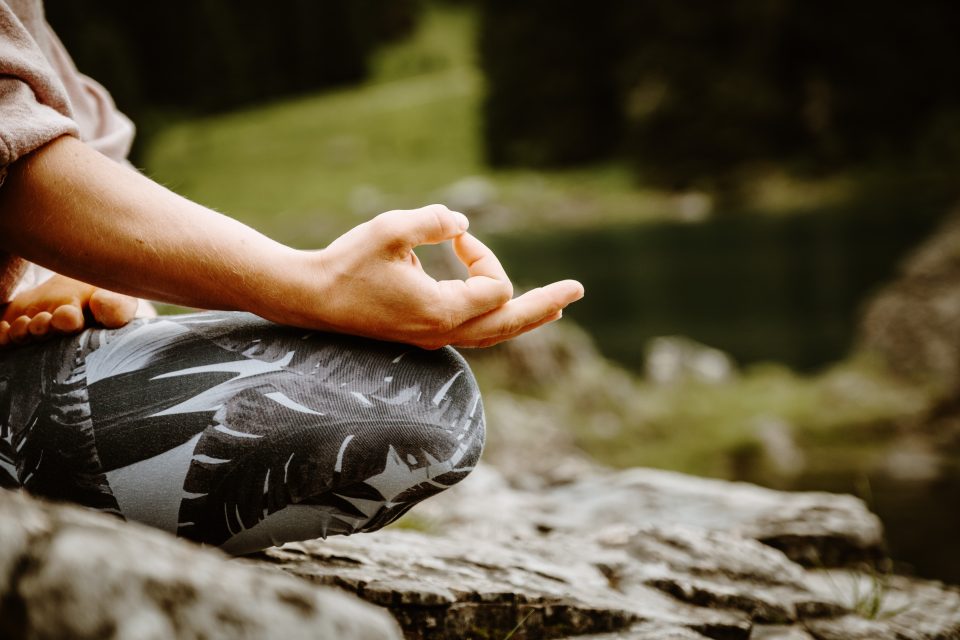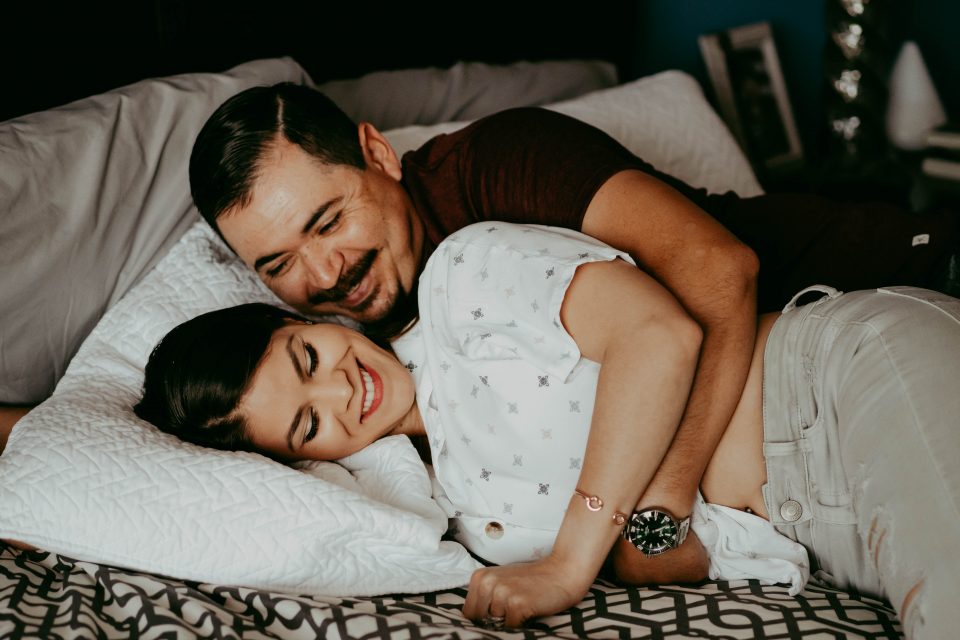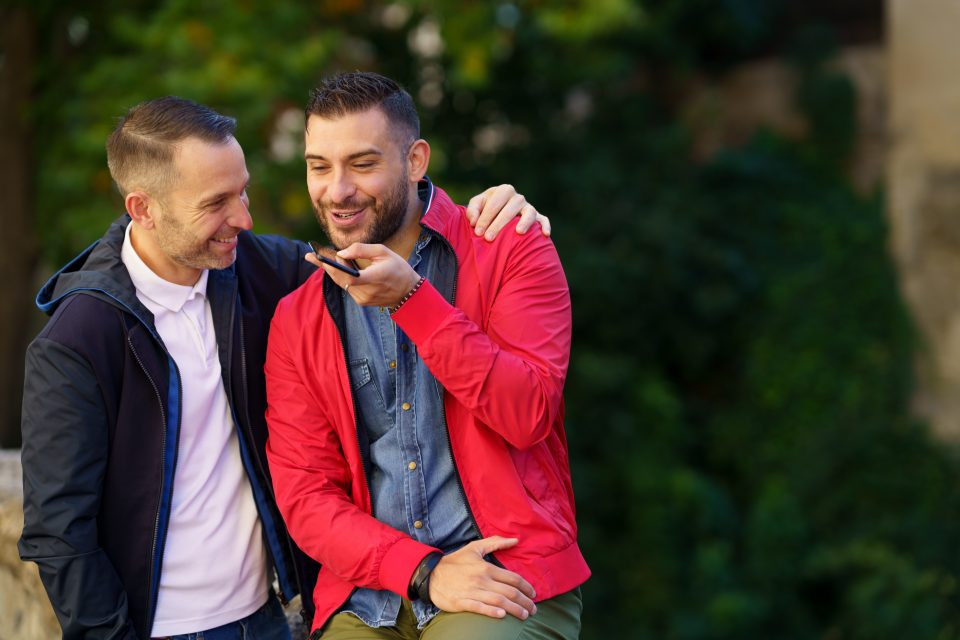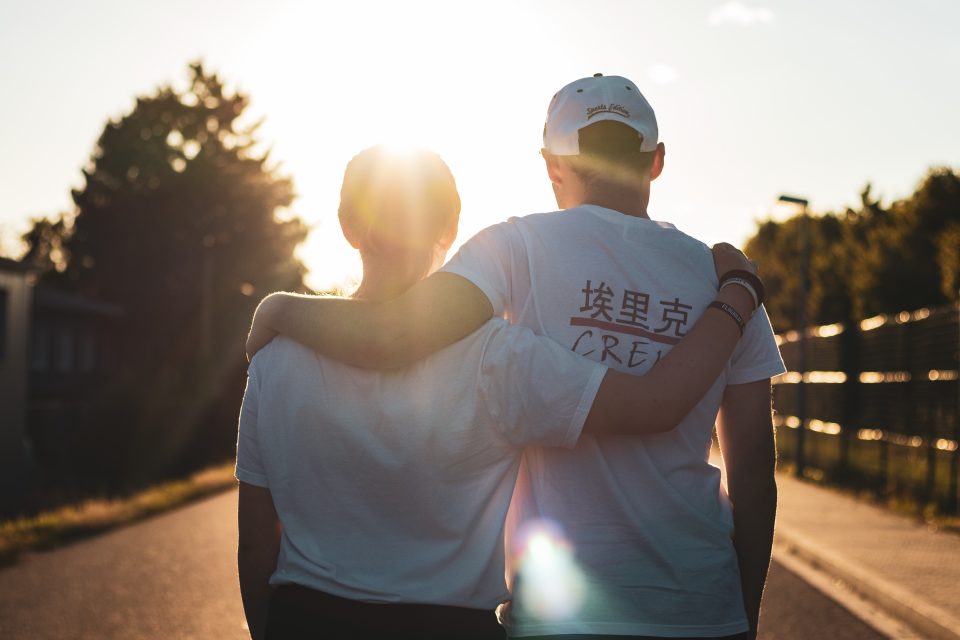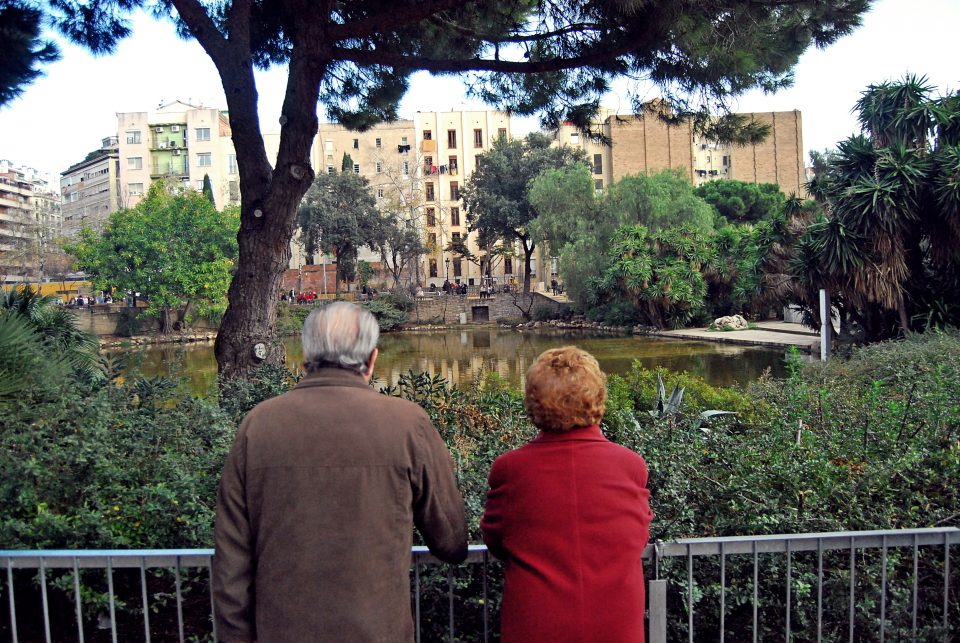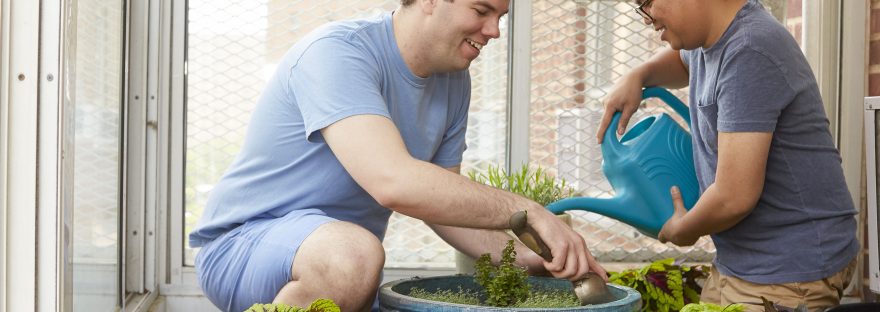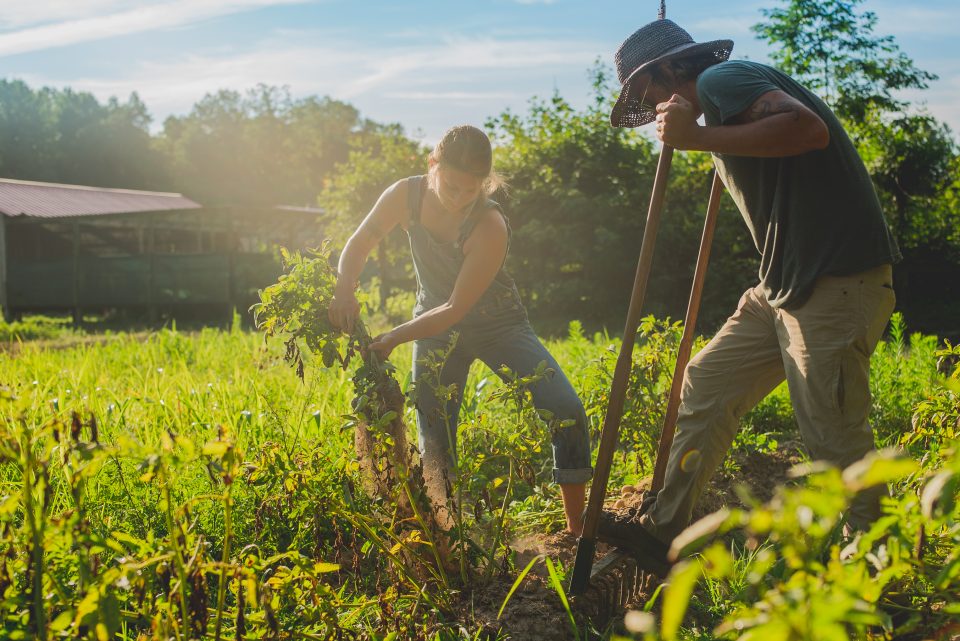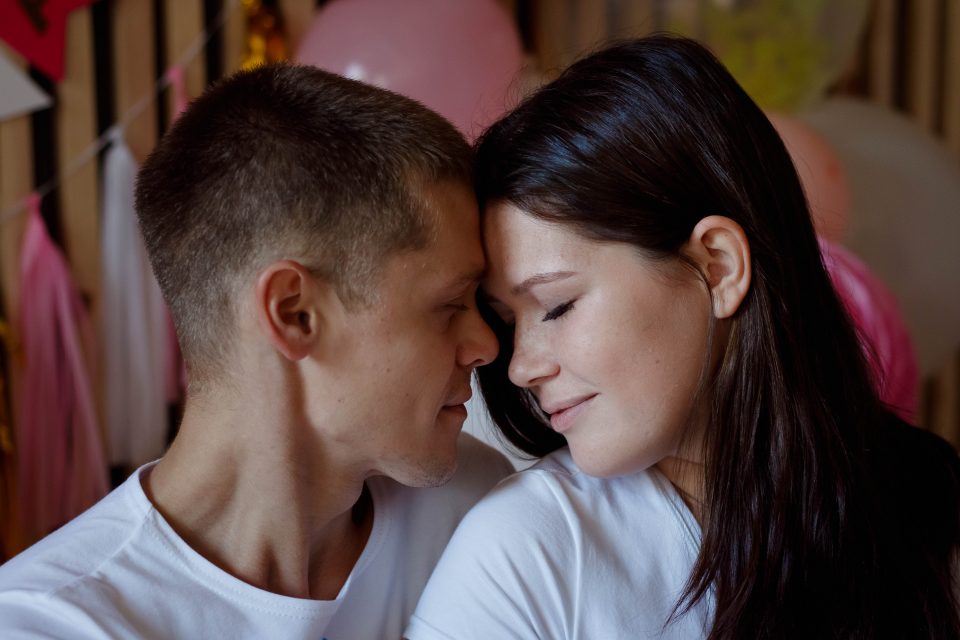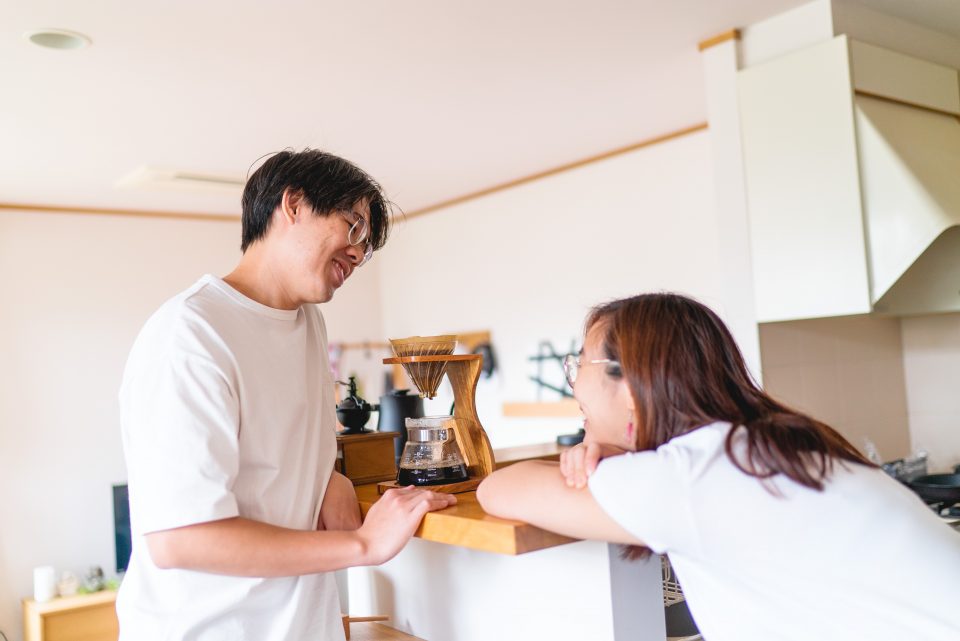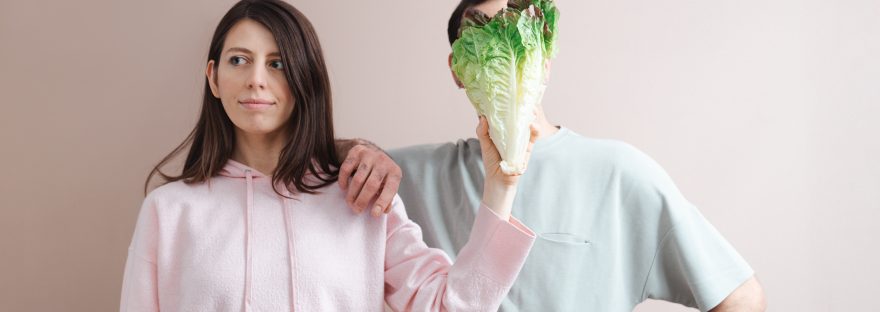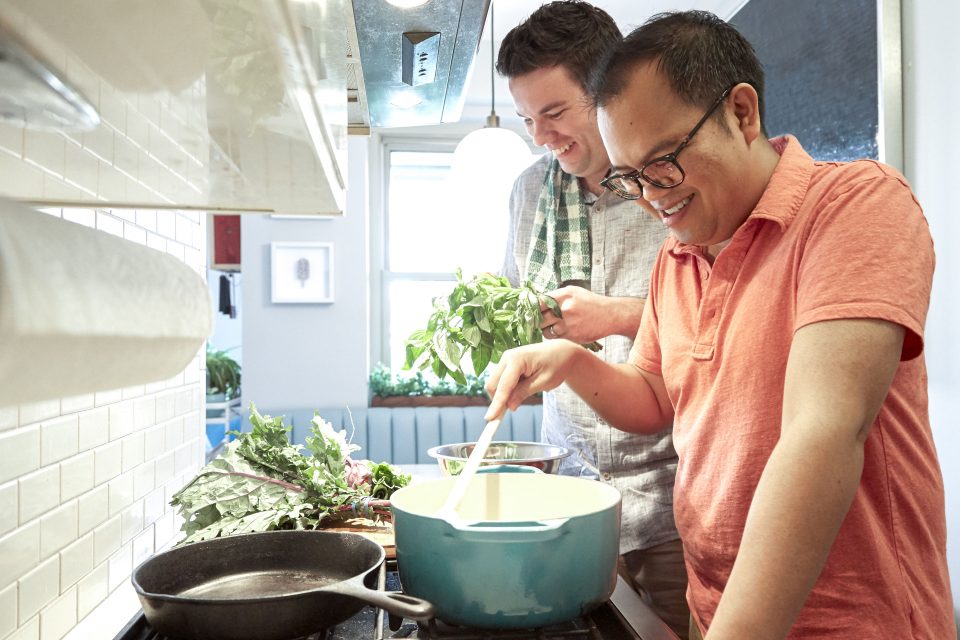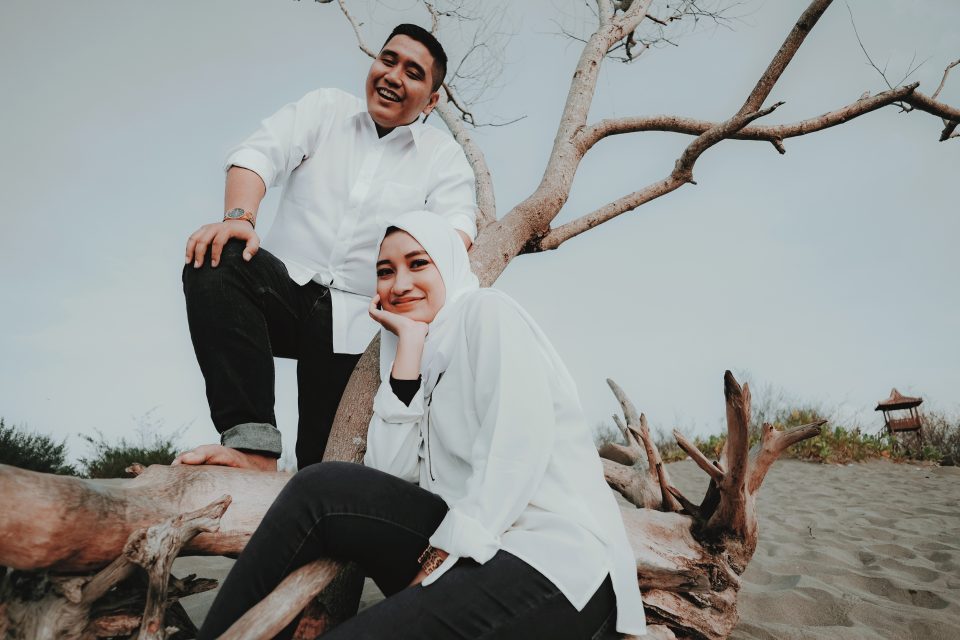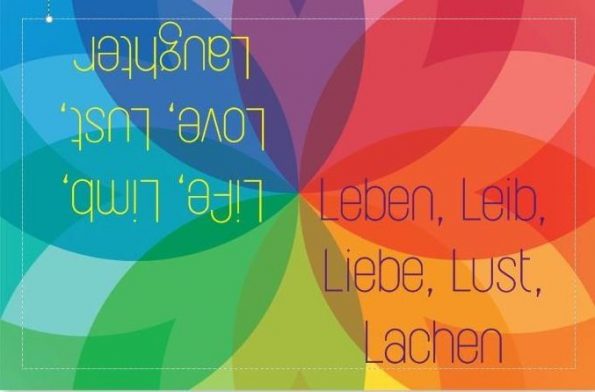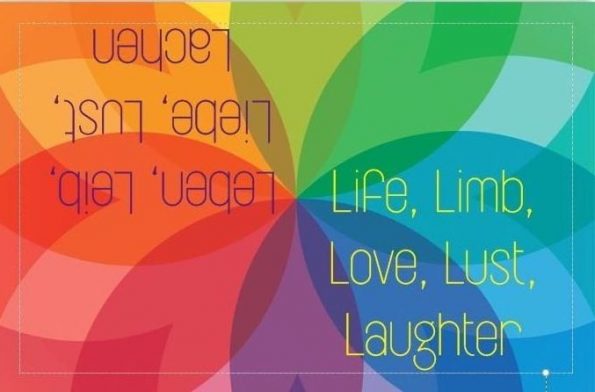Körper (1)
Hier ist Sean, wieder zurück. Dieses Mal werden wir ein bisschen aus unseren Köpfen herauskommen und unseren eigenen Körper erforschen, wie er aussieht und sich anfühlt.
Es ist wichtig, dass wir unseren Körper erkennen, kennen, verstehen und wissen, wie wir mit unseren Körpern auf äußere Informationen und Impulse reagieren.

Ähnlich wie unser Verstand, unsere Gedanken und emotionalen Erinnerungen hat auch unser Körper Erinnerungen.
Körpergedächtnis
In anderen Worten: Unser Körper erinnert sich sowohl an Momente, die positiv, freudig oder glücklich waren wie auch an negative, schmerzhafte oder gar traumatische Erfahrungen. Das heißt, dass unsere aktuellen Gefühle von Anziehung, Erregung und Vergnügen mit tatsächlichen körperlichen Ereignissen zusammenhängen können, die wir in unserer Vergangenheit erlebt haben. Diese Ereignisse können gewollt oder ungewollt gewesen sein oder in direktem Zusammenhang mit unserem Intimleben stehen.
Unsere Körpererfahrung ist nicht direkt, sondern wird durch Wahrnehmungsinformationen vermittelt, durch interne Informationen beeinflusst und durch gespeicherte implizite und explizite Körperrepräsentationen (Körpergedächtnis) rekalibriert.
Giuseppe Riva, Cortex
Band 104, Juli 2018, Seiten 241-260
Daher werde ich einige Übungen beschreiben, die uns helfen, Zugang zu Wissen und Verständnis über unseren eigenen Körper zu bekommen.
Lesen Sie jede Übung bis zum Ende der Beschreibung, bevor Sie beginnen. Machen Sie danach die Übung, so gut Sie sich an sie erinnern. In der Praxis vom Body-Scan gibt es keine Fehler.

Körper-Scan
Unterkörper
- Setzen oder legen Sie sich bequem hin. Schließen Sie die Augen.
- Gehen Sie in Gedanken in Ihre Füße und nehmen Sie einen Moment lang Ihre Zehen wahr… und lassen los.
- Gehen Sie in Gedanken in Ihre Knöchel und nehmen Sie sie einen Moment lang wahr… und lassen los.
- Gehen Sie in Gedanken in Ihre Waden und seien Sie sich ihrer für einen Moment bewusst… und lassen los.
- Gehen Sie in Gedanken in Ihre Knie und seien Sie sich ihrer für einen Moment bewusst… und lassen los.
- Gehen Sie in Gedanken in Ihre Oberschenkel und seien Sie sich ihrer für einen Moment bewusst… und lassen los.
- Gehen Sie in Gedanken in Ihre Hüften und seien Sie sich ihrer für einen Moment bewusst… und lassen los.
- Gehen Sie in Gedanken in Ihr Gesäß und seien Sie sich dessen für einen Moment bewusst… und lassen los.
- Gehen Sie in Gedanken in Ihr Becken und seien Sie sich dessen für einen Moment bewusst… und lassen los.
Oberkörper
- Gehen Sie in Gedanken in Ihren unteren Rücken und seien Sie sich dessen für einen Moment bewusst… und lassen los.
- Gehen Sie in Gedanken in Ihren Bauch und seien Sie sich dessen für einen Moment bewusst… und lassen los.
- Gehen Sie in Gedanken in Ihren Brustkorb und seien Sie sich dessen für einen Moment bewusst… und lassen los.
- Gehen Sie in Gedanken in Ihren oberen Rücken und seien Sie sich dessen für einen Moment bewusst… und lassen los.
- Gehen Sie in Gedanken in Ihre Hände und seien Sie sich ihrer für einen Moment bewusst… und lassen los.
- Gehen Sie in Gedanken in Ihre Unterarme und seien Sie sich ihrer für einen Moment bewusst… und lassen los.
- Gehen Sie in Gedanken in Ihre Ellenbogen und seien Sie sich ihrer für einen Moment bewusst… und lassen los.
- Gehen Sie in Gedanken in Ihre Oberarme und seien Sie sich ihrer für einen Moment bewusst… und lassen los.
- Gehen Sie in Gedanken in Ihre Schultern und seien Sie sich ihrer für einen Moment bewusst… und lassen los.
- Gehen Sie in Gedanken in Ihren Nacken und nehmen Sie ihn für einen Moment wahr… und lassen los.
Kopf
- Gehen Sie in Gedanken in Ihr Kiefer und seien Sie sich dessen für einen Moment bewusst… und lassen los.
- Gehen Sie in Gedanken in Ihr Kinn und seien Sie sich dessen für einen Moment bewusst… und lassen los.
- Gehen Sie in Gedanken in Ihre Zunge und seien Sie sich ihrer für einen Moment bewusst… und lassen los.
- Gehen Sie in Gedanken in Ihre Lippen und seien Sie sich ihrer für einen Moment bewusst… und lassen los.
- Gehen Sie in Gedanken in Ihre Nase und seien Sie sich ihrer für einen Moment bewusst… und lassen los.
- Gehen Sie in Gedanken in Ihre Augen und seien Sie sich ihrer für einen Moment bewusst… und lassen los.
- Gehen Sie in Gedanken in Ihre Stirn und seien Sie sich ihrer für einen Moment bewusst… und lassen los.
- Gehen Sie in Gedanken in Ihre Ohren und seien Sie sich ihrer für einen Moment bewusst… und lassen los.
- Gehen Sie in Gedanken in Ihren Kopf und seien Sie sich seiner für einen Moment bewusst… und lassen los.
- Gehen Sie in Gedanken in Ihr ganzes Gesicht und seien Sie sich dessen für einen Moment bewusst… und lassen los.
Ganz Körper
- Und nun seinen Sie sich für einen Moment Ihres ganzen Körpers bewusst… und lassen los.
- Gut gemacht! Jetzt sind Sie in Ihrem Körper, entspannt und bewusst.

Man soll dem Leib etwas Gutes bieten, damit die Seele Lust hat, darin zu wohnen.
Winston Churchill, (30.11.1874 – 24.01.1965) Britischer Politiker
Hände
Jetzt möchte ich, dass Sie Ihre Hände halten. Wie fühlen sie sich an? Sind sie warm oder kalt? Sind sie feucht oder trocken? Und, mit anderen Worten, gefällt es Ihnen, wie sie sich anfühlen? Was nehmen Sie wahr?
- Halten Sie sie jetzt fester,
- Jetzt etwas entspannter,
- Kreuzen Sie Ihre Finger.
- Spüren Sie Ihre Hände,
- Berühren Sie Ihre Fingernägel mit Ihren Fingern,
- Drücken Sie Ihre Handflächen leicht aneinander,
- Berühren Sie den Rücken Ihrer dominanten Hand, streicheln Sie Ihre nichtdominante Hand.
- Achten Sie darauf, wie sie sich für Sie anfühlen und wie sich Ihre Berührung anfühlt.
- Wechseln Sie die Hand und erleben Sie die Erfahrung erneut.

Herz
Wiederum im Sitzen oder Liegen.
- Legen Sie Ihre Hände auf Ihre Brust. In der Mitte über Ihrem Herz bzw. über Ihrem Brustbein.
- Lass Sie Ihre Hände dort liegen.
- Atmen Sie.
- Spüren Sie, wie sich Ihr Brustkorb bewegt, während sich Ihre Lungen mit Luft füllen…
- Und atmen Sie aus. Spüren Sie Ihren Brustkorb beim Ausatmen.
- Wiederholen Sie dies etwa eine Minute lang.
- Seien Sie sich Ihres Atems und Ihres Brustkorbs bewusst.
- Achten Sie nun auf Ihre Hände.
(Die Listen, Übungen und diese Blog-Lektionen sind in einem google- und familienfreundlichen Format gehalten. Für mehr Informationen, Vokabular, intimere oder direktere Sprache, kontaktieren Sie mich bitte).
Wichtig ist: Wie fühlen sich Ihre Hände an? Sind sie schwer oder leicht, warm oder kühl? Welche Hand liegt auf Ihrer Brust und welche auf Ihrer Hand?

Genug für heute
Ich denke, wir haben für den Moment genug erforscht. Und, wenn Sie mehr wollen oder etwas mitzuteilen haben, bitte kontaktieren Sie mich. Das ist Sean, der sagt: „Sei sicher, liebe dich selbst und sei gesund!“
Ich würde gerne hören, wie Sie die Dinge sehen.
Nächstes Mal werden wir über unsere Inventare sprechen und vielleicht das „Dazwischen“ erforschen, das Beste, das Schlimmste, das Meiste…, das Wenigste… oder so ähnlich.
Hier ist Sean, der sagt: „Sei nett zu dir!“ Bis zum nächsten Mal.
(Für konkretere Vorschläge, können Sie mich unter kontakt@praxis-wiebersch.de kontaktieren).
Frühere Blog-Lektionen:
1–2–3–4–5–6–7–8–9–10–11–12–13 –14–15–16–17 –18–19 – 20 – 21
Unsere früheren Blog-Lektionen (auf englisch):
1–2–3–4–5–6–7–8–9–10–11–12–13–14–15–16–17–18–19–20–21–22–23–24–25–26–27–28–29–30–31–32–33–34–35–36–37–38–39–40–41–42–43–44–45–46–47–48–49–50– 51– 52–53 –54– 55–56 –57–58–59–60–61–62–63–64–65
